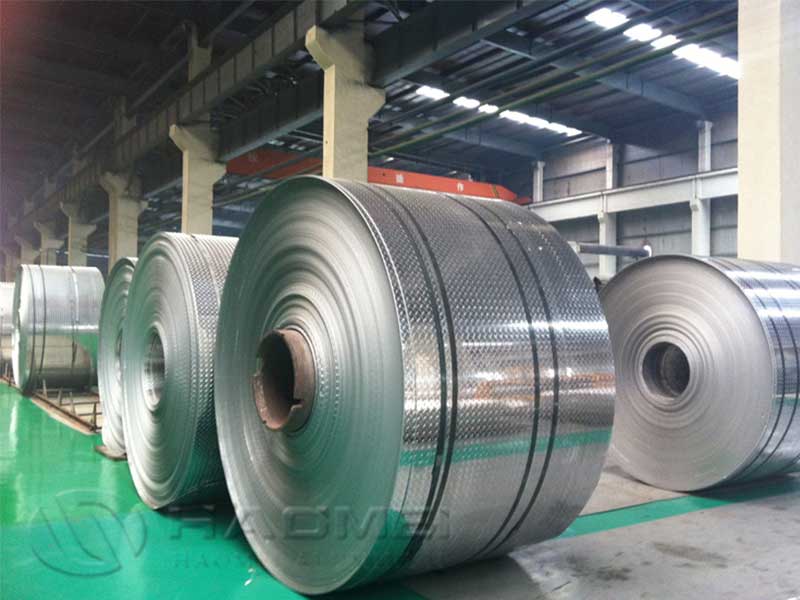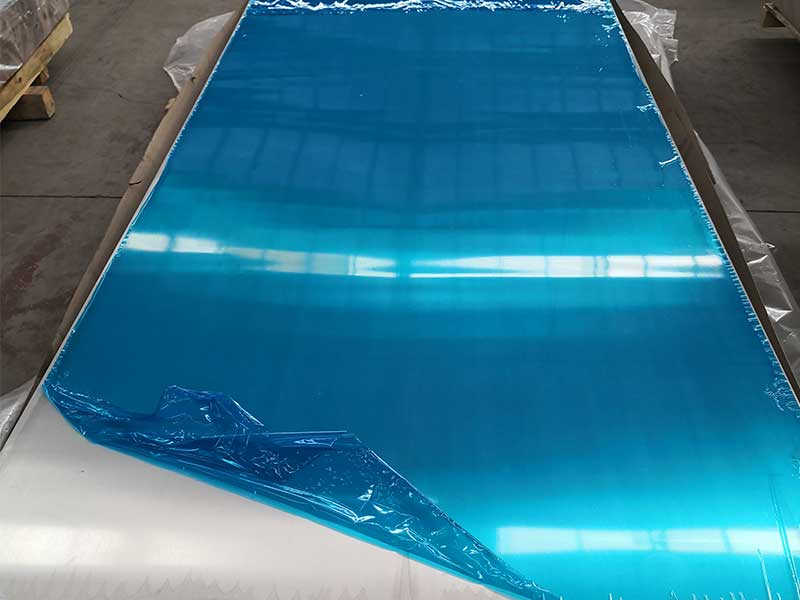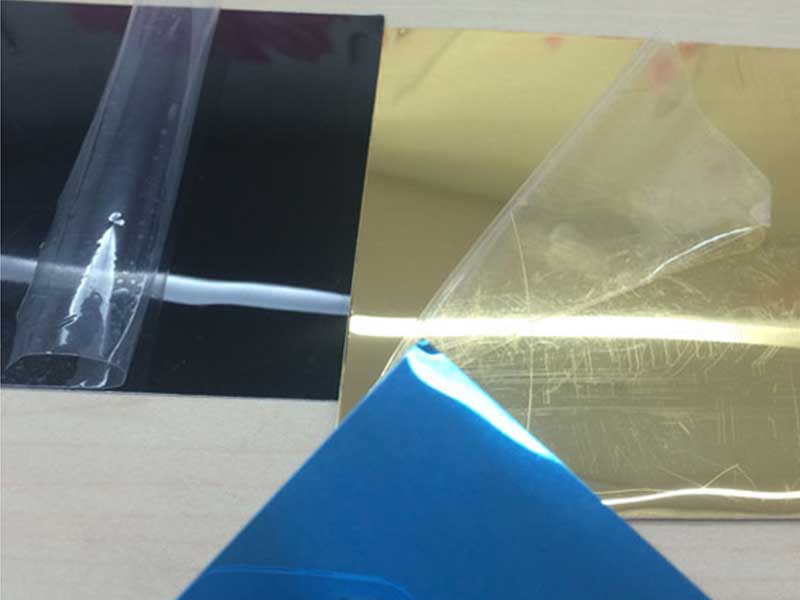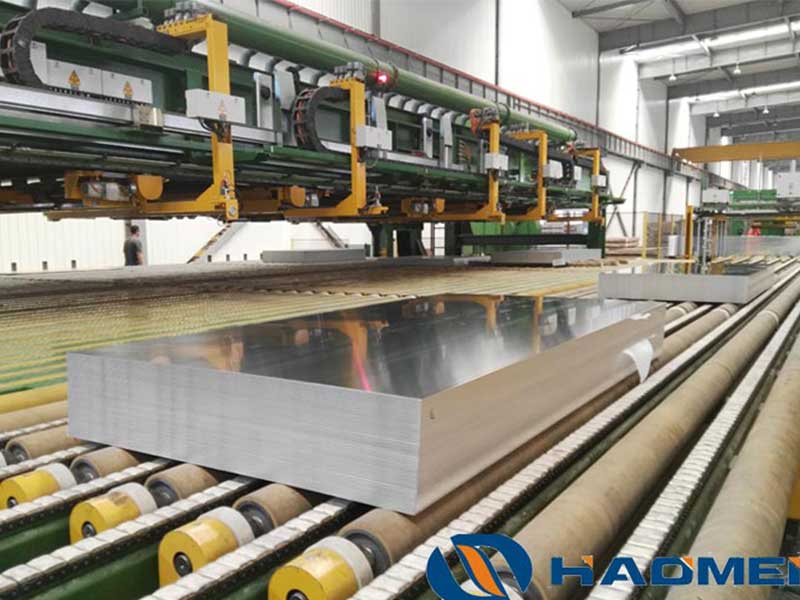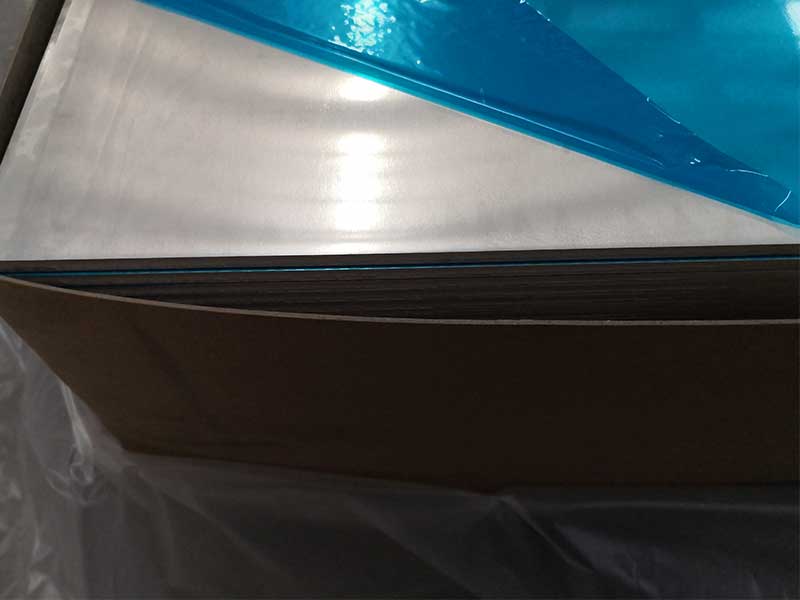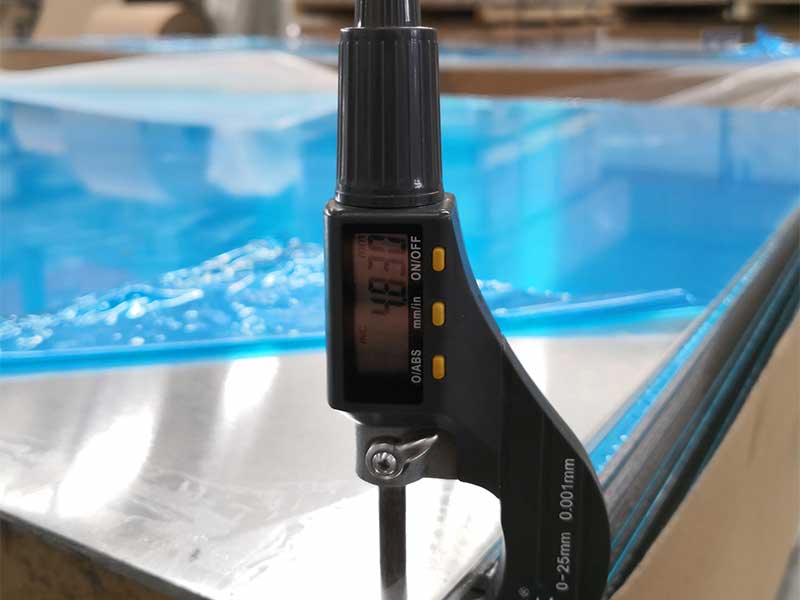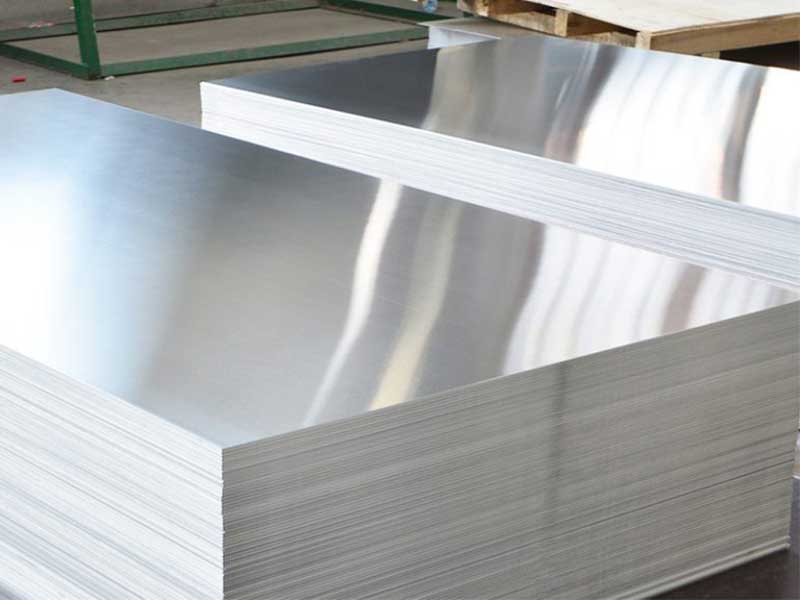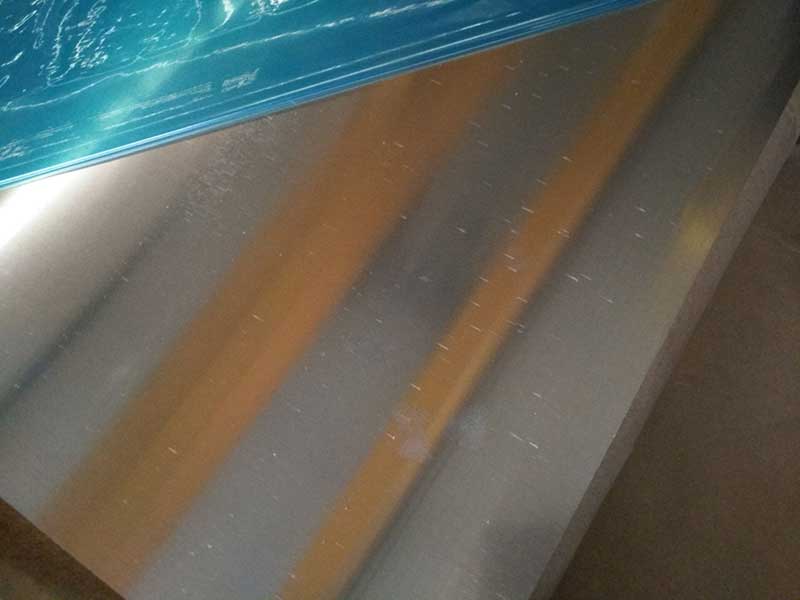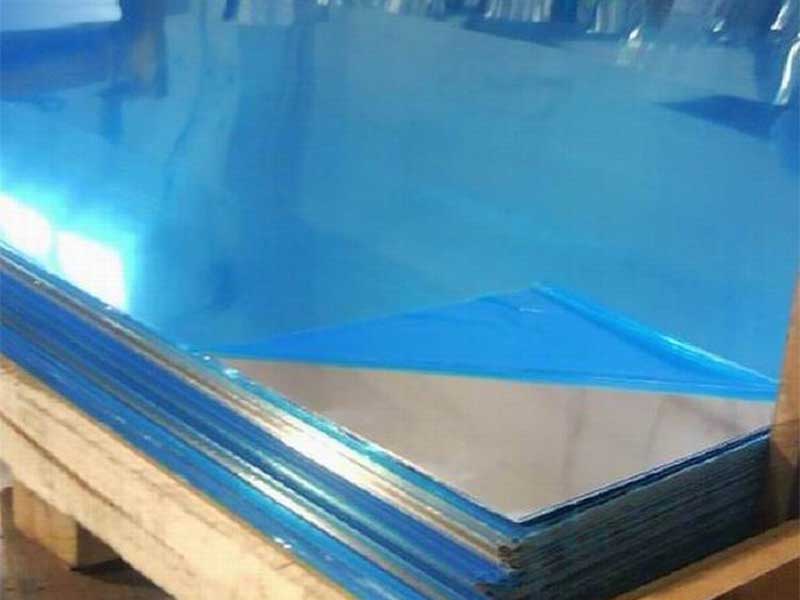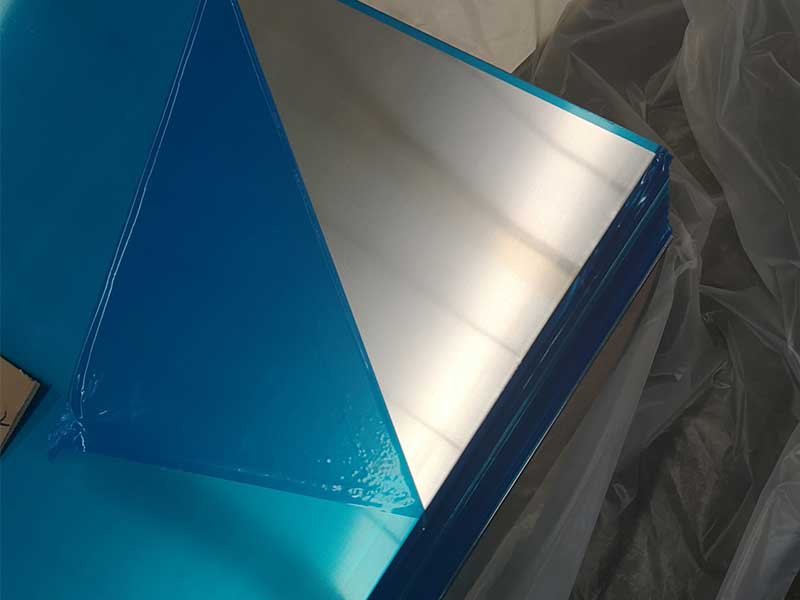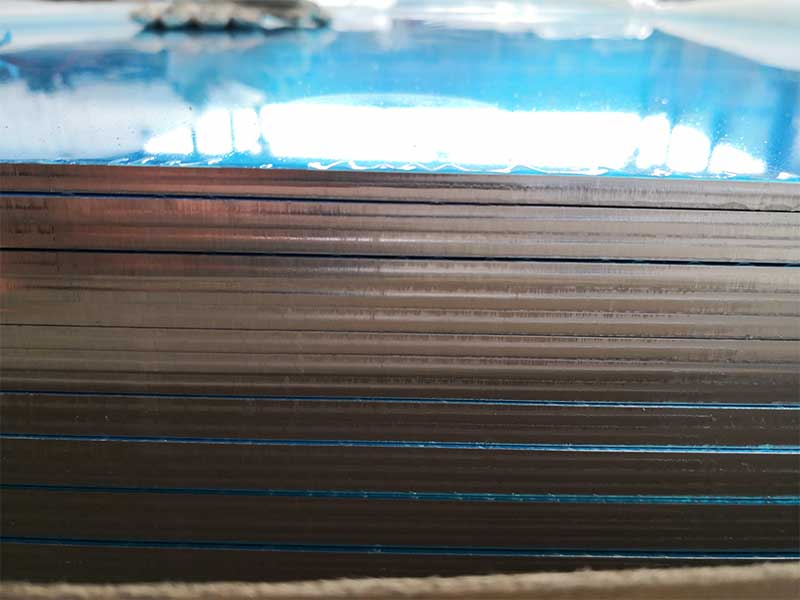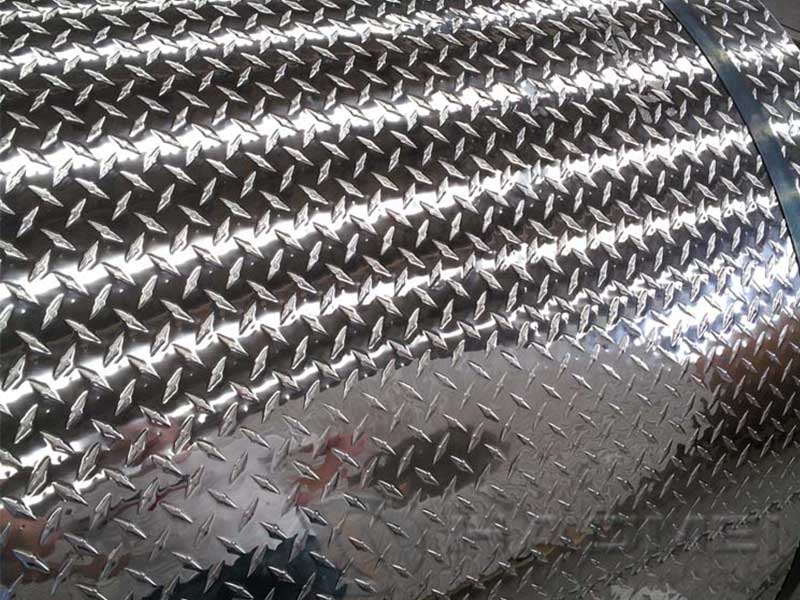2025-05-20 https://www.aluminum-coils.com/a/folding-aluminium-sheet.html
Mastering the Art of Folding Aluminium Sheet: Functions and Applications Beyond the Surface
Aluminium has long been celebrated for its lightweight, corrosion resistance, and versatility, but when it comes to folding aluminium sheets, there’s a fascinating interplay of metal science and engineering finesse that often goes unnoticed. this process from a functional and application-based perspective unlocks the full potential of aluminium sheets, enabling industries to innovate and create like never before.
The Functional Essence of Folding Aluminium Sheets
Folding aluminium sheet isn’t merely about bending a flat piece of metal; it’s an intricate manipulation of the material's structural properties to achieve desired shapes and mechanical behavior while preserving its integrity. Technically, folding alters the metal's grain structure and induces varying stress distributions, which—if done correctly—can enhance stiffness and load-bearing performance.
Working with aluminum sheet is a delicate balance between achieving a sharp, clean fold and avoiding damage. Unlike steel, aluminum is much softer and more prone to cracking, especially with thinner gauges. We use a variety of techniques here, from simple hand-bending for smaller parts to sophisticated press brakes for mass production. I've noticed that the subtle variations in the alloy composition can significantly affect foldability; some alloys just seem to “spring back” more readily than others, requiring more pressure or specialized tooling. Furthermore, the surface treatment – whether it's anodized, painted, or left bare – dramatically impacts its behavior during folding. Anodized aluminum, for example, is more brittle and requires extra care to prevent surface cracking or flaking at the bend radius.
Personally, I find the most challenging aspect is achieving consistent results, particularly in high-volume production runs. Even minute changes in temperature or humidity can alter the material's properties, leading to inconsistencies in the fold. We constantly monitor these environmental factors and regularly calibrate our equipment to maintain quality. It’s a fascinating process; there's a certain artistry to it beyond the technical specifications. Mastering the right pressure, the correct bend angle, and the material's response through experience – that's where the real skill lies in consistently producing perfectly folded aluminum sheets.
Unlike brittle materials, aluminium enjoys substantial ductility, allowing folds without fracturing. However, the folding radius and sheet thickness are crucial parameters that directly affect fold quality and longevity:
- Bend Radius: Typically, the bend radius should be at least equal to the sheet thickness to avoid cracks. A larger radius distributes strain and minimizes weak points.
- Grain Direction: Carefully aligning the fold parallel to the aluminium’s grain structure can prevent chipping or tearing, ensuring a clean fold line.
- Work Hardening: Folding induces work hardening—strengthening near the fold by rearranging dislocations—affecting how the part performs in demanding applications.
Such insights are essential because each function—from the fold’s curvature to work hardening management—influences downstream uses ranging from industrial installations to artistic metalwork.
Applications Reimagined Through the Folding Lens
Aerospace and Transport: Lightweight framing and edgy aerodynamic components use folded aluminium sheets for structural strength and minimal weight. The precision in folding transforms flat sheets into angular, resilient parts meeting strict performance and safety requirements.
Architectural Design: Modern architecture embraces aluminium folding to produce complex façade panels and interiors with striking visual dynamics. The fold’s ability to add rigidity enables slender, bold aesthetics otherwise impossible with flat panels.
Custom Manufacturing: Folded aluminium sheets excel in the production of specialized enclosures, heat sinks, and heat exchangers. Tight, accurately folded corners not only fit design prescriptions but improve thermal and electrical performance by ensuring intimate material contact and structural continuity.
Art & Furniture: Artists and designers find inspiration in folding aluminium sheets into fluid sculptures and ergonomic furniture. The metal’s responsiveness to detailed folds scrolls out of conventional fabrication, amplifying creativity while ensuring durability.
Technical Highlights from a Distinctive Perspective
Looking deeper, folding induces a gradation of mechanical phases—from elastic bend zones to localized strains that cause hardening and texture variations. By controlling folding parameters precisely during production, engineers can tune the mechanical gradients across the sheet, offering custom performance profiles.
Cutting-edge simulation tools model strain, predicting potential fracture sites and crafting fold geometries that marry beauty and strength. Additionally, innovative alloys and surface treatments extend aluminium sheets’ functionality, allowing for complex folds with enhanced anti-corrosion profiles and aesthetic finishes.

